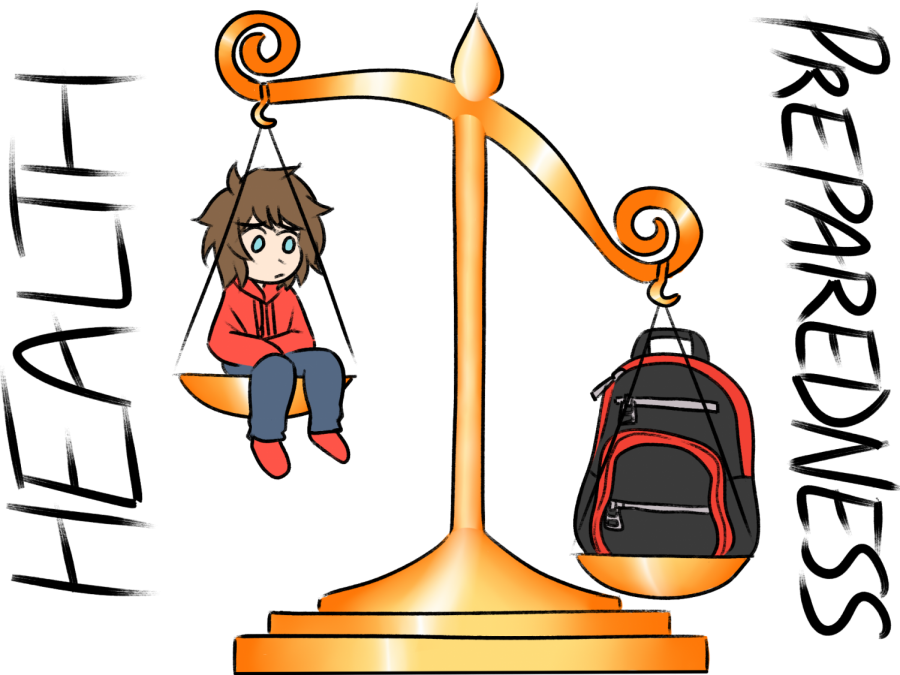OP ED: Students Carry the Weight of Education On Their Backs
November 27, 2018
For most high schoolers in America, the heavy weight of education literally rests on their backs. Textbooks, notebooks, books, and laptops all find themselves shoved in a backpack that students have to heave to and from school every day. According to a study by Consumer Reports published in the New York Times, these bags weigh an average of 18.4 pounds. The American Academy of Pediatrics recommends that a child’s backpack weigh no more than 10 to 20 percent of a child’s weight, and this number far exceeds that. This has been proven to affect not only posture but growth as well. The effects of this heavyweight epidemic extend long after the years of school, for it is sometimes a cause of arthritis in adults. These harmful results that backpacks create can be seen in numerous different ways.
According to CNN, an average high schooler’s rucksack can weigh from twenty to thirty pounds, which is far too heavy. Alongside this, clinical professor Karen Jacobs of Boston University confirms that backpacks should not weigh any more than 10 percent of a child’s weight. Twenty to thirty pounds far exceeds that limit as the heaviest a bag should be is thirteen pounds, in accordance to the average weight of high schoolers. A research article published on the Journal of Sensors, an online scientific journal that studies the effects of backpacks on students, points out that all of this stress and weight on a child’s spinal cord, especially in the crucial times of their development, can render their spines vulnerable to injuries and affect posture for the rest of their lives. A child’s education should help them grow, not stunt them. Kids shouldn’t have to be required to carry every single one of their materials around for eight hours every day. When they do try to relieve the pain on their back or forget something, they are penalized for being unprepared. Lockers aren’t of much use to students if they only have three minutes in between classes to access them. It’s a game that students will constantly lose. Will they risk arriving to class late and having to get a pass in order to relieve the pain in their backs? Or will they have to suffer through aching, sore shoulders in order to be prepared and on time to class? Unsurprisingly, most students choose the latter.
Sophomore Nadine Leesang said, “I think most students can agree that our backpacks are way too heavy and that they are a huge burden. Even with just a few notebooks and a chromebook in my bag, it still feels like it’s weighing me down. When I try to limit the stuff in my bag, it’s still too heavy. Walking home with my backpack makes me have constant back pain.”
Many students echo this sentiment. Everywhere a student goes, they see their peers hunched over with the load of their education weighing down on their spines. Yes, they are getting to class on time and staying prepared for their classes, but at what cost? Is the risk of suffering from long-term physical issues really worth a higher grade?
Evidently, this issue is a national epidemic that needs to be addressed. Kids shouldn’t have to be exposed to the risks of arthritis and other spinal condition at such a young age. Teenage years are pivotal for both mental and physical growth, but how can schools foster an environment that allows kids to thrive when they require their students to lug around a twenty to thirty-pound sack of supplies that they may or may not need? The weight of a student’s education rests on their shoulders so heavily that it may affect them for the rest of their lives.




